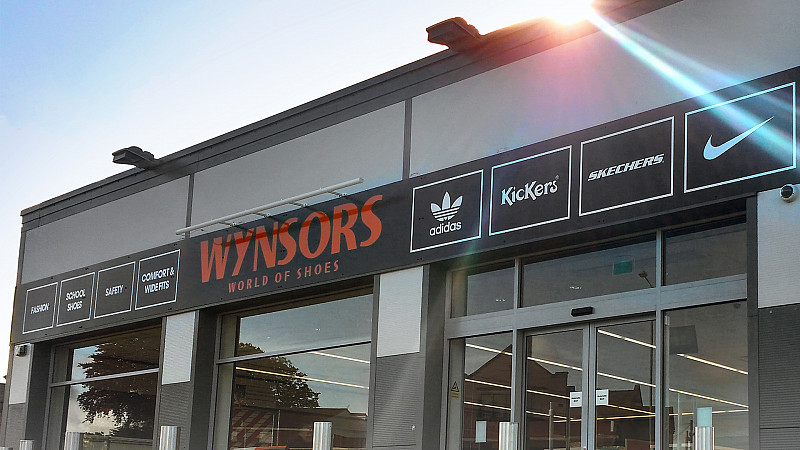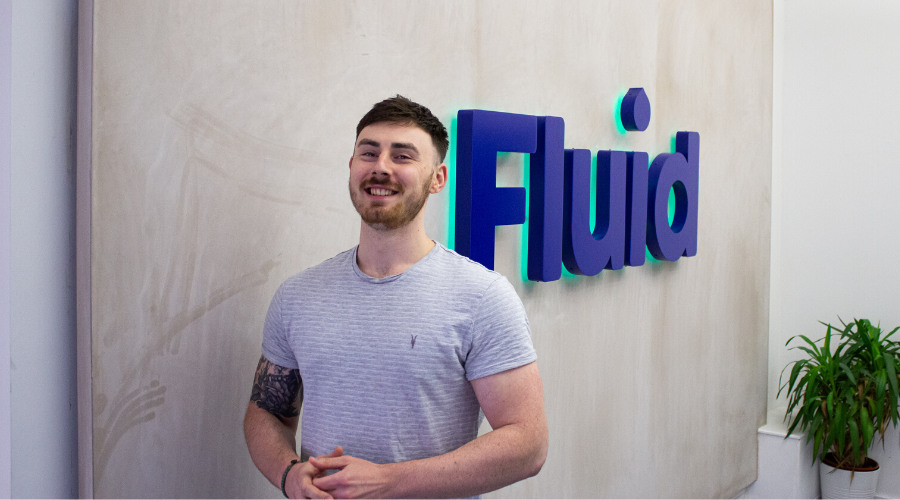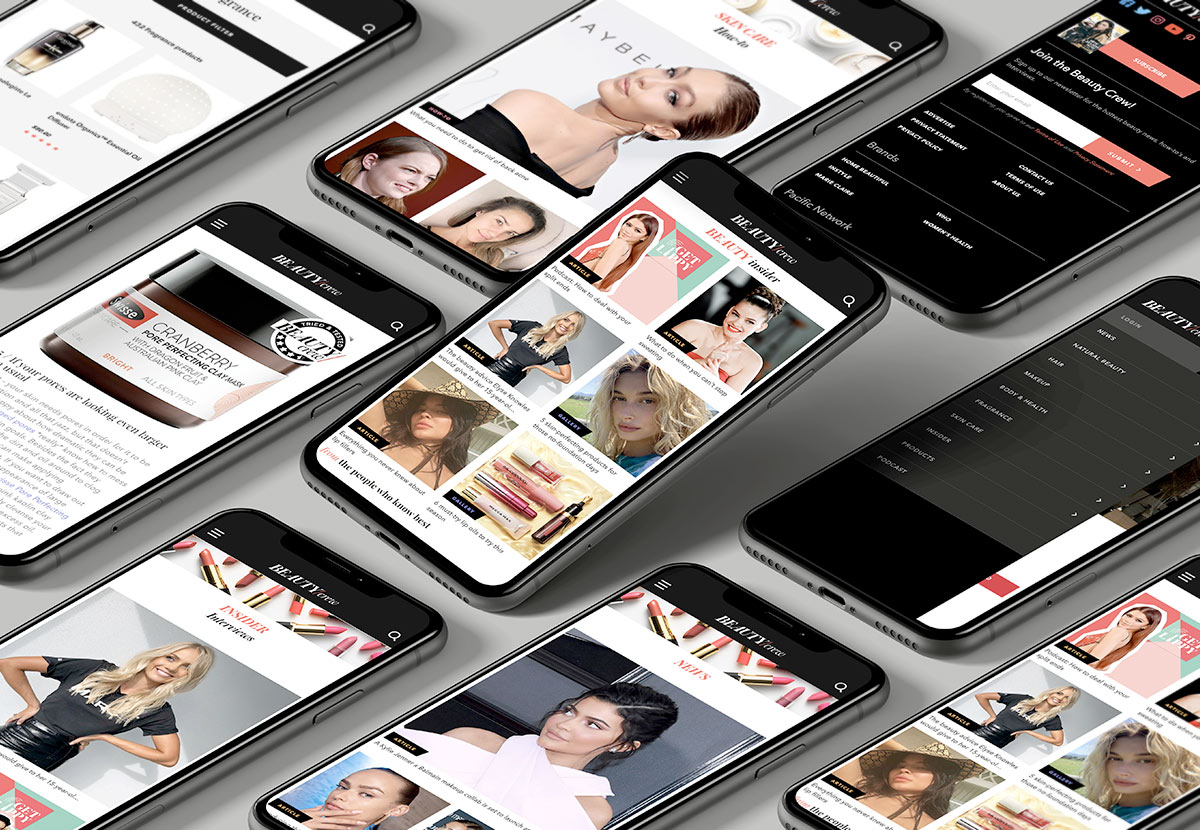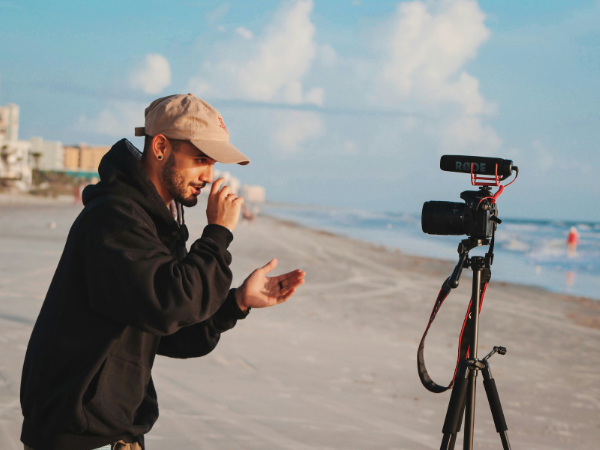
With so many different forms of marketing available, how do you decide which to opt for with your brand?
User-generated content (UGC) is one form of marketing that’s made significant strides in recent years, becoming so popular that some brands are only considering this as a valuable resource.
If you haven’t really heard of UGC before, you could probably guess what it entails, but maybe not what it encompasses.
So, we’re here to break down what UGC is, the different types of UGC, and the benefits it brings for brands. Keep reading for all the info.
What is User-Generated Content?
User-generated content refers to content that is created and shared by individuals.
These individuals don’t have to be mega-famous influencers (or even micro-influencers) but relatable people who produce authentic content.
They know how to produce effective content that resonates with audiences, fostering genuine engagement and trust at a much more cost-effective level.
There are many different types of UGC that brands can implement to benefit their online strategy, including:
Product Unboxing
Unboxing videos feature individuals sharing their experience of opening and revealing the contents of a product sent by a brand.
They’re incredibly easy to film and grab the audience’s attention instantly. One reason why people watch unboxing videos is to see what a product looks like in reality, as pictures of the very same product online can be misleading.
This is a great chance to wow potential customers with branded packages that provide a unique experience for the recipient.
Tutorial/Product Demonstration
Tutorials will show precisely how a product is meant to be used. Providing step-by-step instructions or showcasing the features of a product or service will give prospective customers prior knowledge of the products you’re selling, thus making them likely to purchase if they know how and why a product is going to affect them.
These videos offer practical insights, tips, and reviews, educating the viewer and increasing brand awareness.
Before & After
Before and after videos are exactly how you expect them to be.
Individuals show something they had beforehand, e.g., a messy kitchen space, then show the product or service that has improved it, e.g., a storage solution to keep the kitchen looking tidy.
It gives the viewer the feeling that they, too, can achieve the “after” look.
Trends
Trending content is a tricky one to frequently incorporate into your strategy, as it’s impossible to predict what actually may be trending.
But, if you’re able to act fast and hop onto trending content, you can seriously maximise your campaign’s performance. Things trend for a reason, and it’s because a particular audience enjoys the form of content on offer.
Trending content can be as simple as showcasing your product or service alongside audio that’s trending, or you can go a little further and take part in a trending challenge, showcasing your product or service throughout the challenge.
Benefits of User-Generated Content for Brand Growth
User-generated content brings a whole heap of benefits for brands of any size. Even if you’re a long-established business turning over millions of pounds a year, adding UGC to your marketing repertoire can be incredibly worth your while.
In fact:
- 85% of consumers consider UGC to hold more sway than brand photos or videos.
- UGC-based ads also get 4x higher click-through rates and a 50% drop in cost-per-click than professionally made brand ads.
- In 2024, brands using UGC in their marketing campaigns will see a 25% increase in engagement.
Utilising UGC helps brands to be seen as authentic, which inevitably fosters trust amongst customers.
UGC is created by real people who share their real-life experiences, and with about 92% of customers saying they trust reviews and recommendations people share rather than advertisements, it’s essential to pander to the majority and give them what they want.
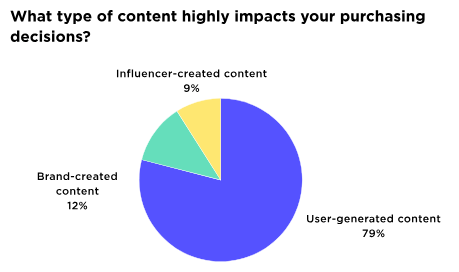
This pie chart was created from data compiled by Stackla, which focused on post-pandemic shifts in consumer shopping habits. They found that a staggering 79% of customers surveyed stated that UGC highly impacts their purchasing decisions. When compared to the measly 9% of customers opting for influencer-created content, it’s a no-brainer that UGC is the more powerful tool for your marketing strategies.
On top of that, consumers are now 86% more likely to trust a brand that uses UGC than paid influencers. When you look at the high costs associated with influencer marketing, this means that UGC isn’t just more effective but more affordable, too.
Regarding the costs associated with influencer marketing, this can range from a few hundred pounds/dollars for smaller influencers all the way to the tens (or hundreds) of thousands for larger creators.
In fact, an unnamed influencer (with 100,000-250,000 followers) released the pricing packages she provides to customers, which include $1,000 for a one-off Instagram photo. Now, this is just one example, but these costs can be significantly higher and considerably lower; it just depends on the influencer.
On the other hand, the costs associated with UGC marketing tend to be a lot lower. One site scoured the internet for data and came up with an average cost of $212 for a single piece of UGC.
Within recent years, UGC has revolutionised how brands connect with their audience. From its ability to foster authenticity and build brand loyalty to its cost-effectiveness, UGC has become a standard for brands looking to build a community with its customers.




